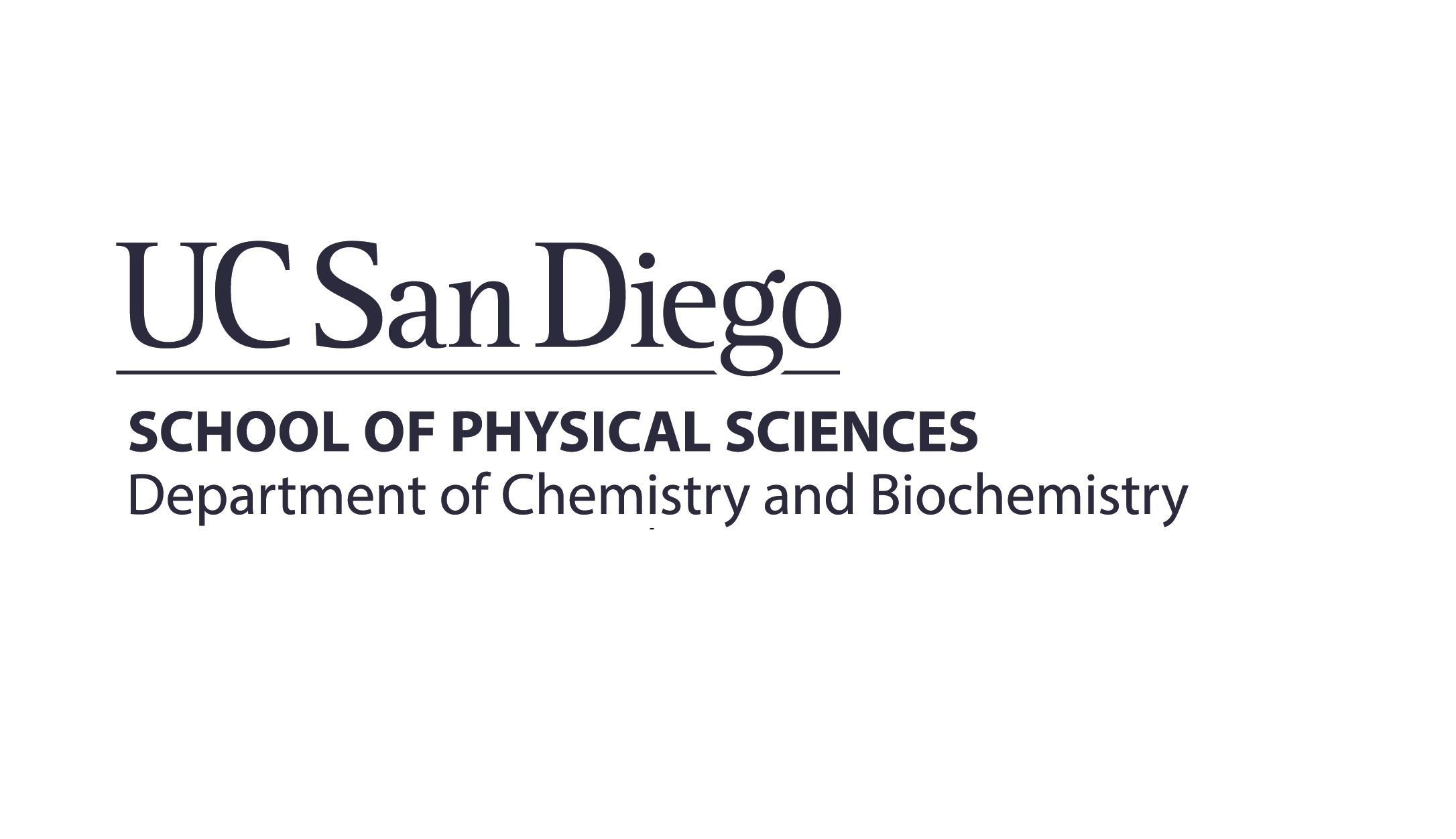Joint Ph.D program in chemical biology in the University of Groningen and CAS
Prof. Andreas Herrmann at the University of Groningen and Prof. Jiangyun Wang at the Institute of Biophysics in CAS are currently searching for an excellent candidate for a joint Ph.D program. The candidate should have a master degree in chemistry, biology, or material science. The candidate will spend two years in each professor’s lab, and earn a Ph.D degree from the University of Groningen. Prof. Jiangyun Wang will perform initial screen and on-site interviews (Email: jwang@ibp.ac.cn). Prof. Jiangyun Wang visit USTC on Nov 19th, 2012, and DICP, BJMU, Jilin University, Shengzhen University, SUN YAT-SEN University, Shanghai Institute of Biological Sciences in Nov. or Dec. The University of Groningen (http://www.rug.nl) currently ranks 89th overall and 9th in material science in the world, according to Timeshighereducation. No tuition fee is required. Student can become enrolled at anytime of the year, upon the mutual consent of Prof. Herrmann and Prof. Wang. The funding is tied to a specific project and to the supervisors associated with this project. Thus, if the student changes supervisors, he or she will lose fellowship and stipend.
Prof. Andreas Herrmann studied chemistry at the University of Mainz (Germany). From 1997 to 2000 he pursued his graduate studies at the Max Planck Institute for Polymer Research in the group of Professor K. Müllen. Then he worked as a consultant for Roland Berger Management Consultants in Munich (2001). In the the years 2002 and 2003 he returned to academia working on protein engineering at the Swiss Federal Institute of Technology, Zurich, with Professor D. Hilvert. In 2004 he was appointed as a head of a junior research group at the Max Planck Institute for Polymer Research dealing with biological-organic and biological-polymeric hybrid materials. On August 2007, he became an associate professor in Zernike Institute for Advanced Materials (University of Groningen). Current research interests of the group are twofold: 1) combining synthetic strategies from Organic and Polymer Chemistry with methods from Molecular Biology; and 2) exploring the interactions of bioorganic hybrid materials with living systems. His website: http://www.rug.nl/fmns-research/pcbe/herrmann His recent representative publications where he is a corresponding author:
(a) Bastian, A. A.; Marcozzi, A.; Herrmann, A., Selective transformations of complex molecules are enabled by aptameric protective groups. Nature Chemistry 2012, 4 (10), 789-793; (b) Cordes, T.; Vogelsang, J.; Anaya, M.; Spagnuolo, C.; Gietl, A.; Summerer, W.; Herrmann, A.; Mullen, K.; Tinnefeld, P., Single-Molecule Redox Blinking of Perylene Diimide Derivatives in Water. J Am Chem Soc 2010, 132 (7), 2404-2409; (c) Kwak, M.; Gao, J.; Prusty, D. K.; Musser, A. J.; Markov, V. A.; Tombros, N.; Stuart, M. C. A.; Browne, W. R.; Boekema, E. J.; ten Brinke, G.; Jonkman, H. T.; van Wees, B. J.; Loi, M. A.; Herrmann, A., DNA Block Copolymer Doing It All: From Selection to Self-Assembly of Semiconducting Carbon Nanotubes. Angew Chem Intl Ed 2011, 50 (14), 3206-3210; (d) Kwak, M.; Herrmann, A., Nucleic Acid/Organic Polymer Hybrid Materials: Synthesis, Superstructures, and Applications. Angew Chem Intl Ed 2010, 49 (46), 8574-8587; (e) Kwak, M.; Minten, I. J.; Anaya, D. M.; Musser, A. J.; Brasch, M.; Nolte, R. J. M.; Mullen, K.; Cornelissen, J.; Herrmann, A., Virus-like Particles Templated by DNA Micelles: A General Method for Loading Virus Nanocarriers. J Am Chem Soc 2010, 132 (23), 7834-+; (f) Kwiat, M.; Elnathan, R.; Kwak, M.; de Vries, J. W.; Pevzner, A.; Engel, Y.; Burstein, L.; Khatchtourints, A.; Lichtenstein, A.; Flaxer, E.; Herrmann, A.; Patolsky, F., Non-covalent Monolayer-Piercing Anchoring of Lipophilic Nucleic Acids: Preparation, Characterization, and Sensing Applications. J Am Chem Soc 2012, 134 (1), 280-292
Prof. Jiangyun Wang learned physical chemistry in University of Science and Technology of China and graduated with a B.S. degree in 1998. From 1998 to 2003, he finished his Ph.D study on metalloprotein design under the supervision of Professor Kenneth Suslick in the University of Illinois at Urbana-Champaign. In 2003, he joined the laboratory of Professor Peter Schultz at the Scripps Research Institute as postdoc research associate, working on protein labeling through genetic code engineering as well as redox signal transduction. In 2008, he started his independent lab at the Institute of Biophysics, Chinese Academy of Sciences. His current researches are focused on protein/RNA labeling and imaging in living cells, and metalloprotein design. His website: http://blog.sciencenet.cn/?3500 Email: jwang@ibp.ac.cn. His recent representative publications where he is a corresponding author:
a) Liu X. H.; Yu Y.; Hu C.; Zhang W.; Lu Y.; Wang J. Y. Significant Increase of Oxidase Activity through the Genetic Incorporation of a Tyrosine-Histidine Cross-Link in a Myoglobin Model of Heme-Copper Oxidase. Angew Chem Intl Ed 2012, 51 (18), 4312-4316. (News of the Week, Chemical and Engineering News) ; b) Liu X. H.; Li J. S.; Dong J. S.; Hu C.; Gong W. M.; Wang J. Y., Genetic Incorporation of a Metal Chelating Amino Acid as a Probe for Protein Electron Transfer Angew Chem Intl Ed 2012, 51(51), 10261-10265 (Very Important Paper and Cover Article); c).Yu Z.; Pan Y. C.; Wang. Z. Y.; Wang J. Y.; Lin. Q., Genetically Encoded Cyclopropene Directs Rapid, Photoclick Chemistry- Mediated Protein Labeling in Mammalian Cells Angew Chem Intl Ed 2012, 51(51), 10600-10604; d) Wang J. Y.; Zhang W.; Song W. J.;Wang Y. Z.; Yu Z. P.; Li J. S.; Wu M. H.; Wang L.; Zang J. Y.; Lin Q., A Biosynthetic Route to Photoclick Chemistry on Proteins. J Am Chem Soc 2010, 132 (42), 14812-14818; e) Zhou Q.; Hu M. R.; Zhang W.; Jiang, L.; Perrett S.; Zhou J.; Wang J. Y. Probing the Function of the Tyr-Cys Crosslink in Metalloenzymes through the Genetic Incorporation of 3-Methylthiotyrosine Angew Chem Intl Ed DOI: 10.1002/anie.201207229

Leave a comment